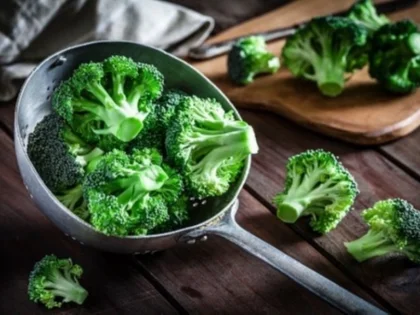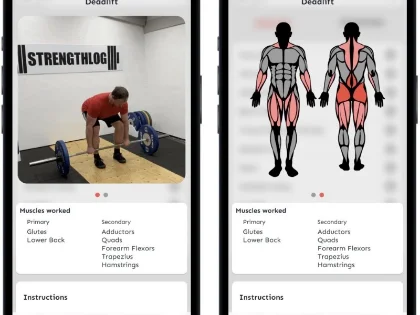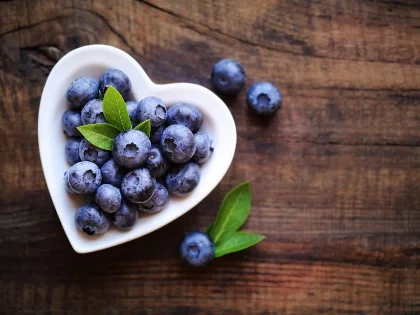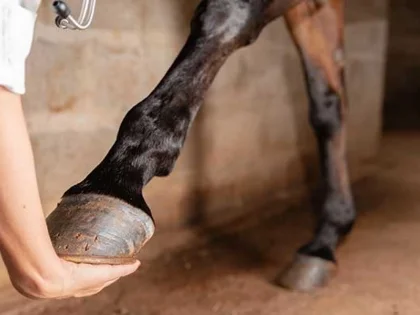Vitamin KFor Seniors: Reducing Fall Risk And Fracture Incidence
Vegetable oils and leafy greens, like spinach and kale, are good sources of vitamin K. Men should consume 120 micrograms of vitamin K daily, according to guidelines. In observational studies, low vitamin K intake has been associated with lower bone density and an increased risk of fracture. There aren't many long-term clinical trials, though.
1. Promotes better blood coagulation

2. Reduces the chance of Coronary Artery Calcification
 Coronary artery calcification (CAC), which is the buildup of calcium in the artery's media and intima layers, can predict cardiovascular disease (CVD) on its own. Vitamin K1 supplements have been shown to slow the progression of CAC by increasing the levels of osteoprotegerin (OPG) in the blood and lowering the levels of inflammatory chemicals like CRP and IL-6.
One factor that significantly influences arterial stiffness is vascular calcification, a condition that is linked to a higher risk of heart attack and fractures. A prospective cohort study found that higher phylloquinone consumption was linked to a lower risk of vertebral fracture in males and hip fracture in females. A random experiment also showed that giving vitamin K1 to postmenopausal women with osteopenia and normal bone density slowed down the loss of arterial flexibility.
Coronary artery calcification (CAC), which is the buildup of calcium in the artery's media and intima layers, can predict cardiovascular disease (CVD) on its own. Vitamin K1 supplements have been shown to slow the progression of CAC by increasing the levels of osteoprotegerin (OPG) in the blood and lowering the levels of inflammatory chemicals like CRP and IL-6.
One factor that significantly influences arterial stiffness is vascular calcification, a condition that is linked to a higher risk of heart attack and fractures. A prospective cohort study found that higher phylloquinone consumption was linked to a lower risk of vertebral fracture in males and hip fracture in females. A random experiment also showed that giving vitamin K1 to postmenopausal women with osteopenia and normal bone density slowed down the loss of arterial flexibility.
3. Lowers the heart disease risk
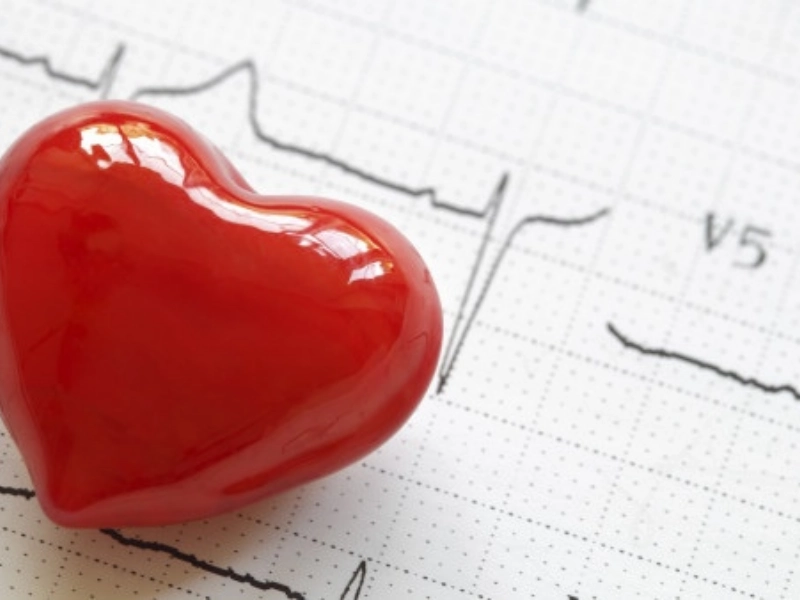 Three main health issues facing aging populations are arterial calcification, heart disease, and bone loss. Vitamin K2 may, fortunately, help lower the likelihood of these issues.
In one study, researchers looked at the relationship between blood levels of vitamin K2 and the incidence of heart disease and death during a 13-year period. They discovered that people with low vitamin K levels had a 19% higher risk of dying from heart disease than people with high vitamin K levels.
Vascular and valve calcification, insulin resistance, heart failure, and cardiovascular mortality are all linked to vitamin K insufficiency, as determined by plasma inactive MGP. By altering calcium homeostasis, postponing vascular and valve calcification, and lowering insulin resistance, increased vitamin K2 consumption may be able to lower these risks. Research in this field is ongoing and has enormous promise for preventing cardiovascular events and enhancing the quality of life for senior citizens.
Three main health issues facing aging populations are arterial calcification, heart disease, and bone loss. Vitamin K2 may, fortunately, help lower the likelihood of these issues.
In one study, researchers looked at the relationship between blood levels of vitamin K2 and the incidence of heart disease and death during a 13-year period. They discovered that people with low vitamin K levels had a 19% higher risk of dying from heart disease than people with high vitamin K levels.
Vascular and valve calcification, insulin resistance, heart failure, and cardiovascular mortality are all linked to vitamin K insufficiency, as determined by plasma inactive MGP. By altering calcium homeostasis, postponing vascular and valve calcification, and lowering insulin resistance, increased vitamin K2 consumption may be able to lower these risks. Research in this field is ongoing and has enormous promise for preventing cardiovascular events and enhancing the quality of life for senior citizens.
4. Lowers the Chance of Osteoporosis
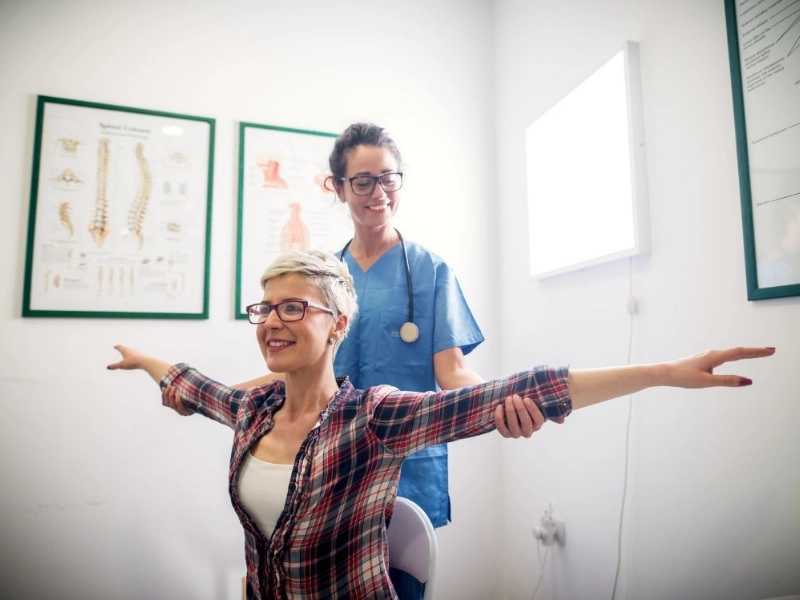
Less than half of men and women over 51 receive the recommended daily intake of vitamin K, despite the fact that osteoporosis is a frequent age-related condition. For this vitamin, the suggested dietary allowance (AI) is 90 mcg for women and 120 mcg for males per day. Low plasma levels of phylloquinone have been strongly linked to bone loss, including an increased risk of fracture, according to a number of observational studies. Additionally, it was discovered that dietary vitamin K1 levels were negatively related to inflammatory markers in the blood, such as IL-6. This was found in a cross-sectional community-based cohort study with 672 people from the Framingham Offspring study. Randomized controlled trials are required to demonstrate the benefit of vitamin K for seniors' bone health, as the findings from observational research are not sufficient to establish causation. Thankfully, research of this kind has started to surface.
5.Lowers the risk of falling
 Falling is a prevalent and incapacitating condition that affects elderly people. It is the main factor contributing to hospitalization, diminished independence, and a worse quality of life in this age group.
Research in preclinical models indicates that certain proteins (such as matrix Gla protein and osteocalcin) that are dependent on vitamin K are necessary for the carboxylation of calcium in bone and cartilage. This process reduces the risk of cardiovascular disease and prevents unfavorable calcium accumulation in the vascular system.
Better muscle function and a lower long-term risk of injurious falls were linked to a higher intake of dietary vitamin K1, but not vitamin K2, in this longitudinal study of women 65 years of age and older who lived in the community. This association held true even when controlling for other health conditions like plasma 25OHD, prevalent ASVD, and diet quality. Vitamin K1 intakes beyond the current recommended dietary allowance (RDA) resulted in a reduction in the risk of harmful falls.
Falling is a prevalent and incapacitating condition that affects elderly people. It is the main factor contributing to hospitalization, diminished independence, and a worse quality of life in this age group.
Research in preclinical models indicates that certain proteins (such as matrix Gla protein and osteocalcin) that are dependent on vitamin K are necessary for the carboxylation of calcium in bone and cartilage. This process reduces the risk of cardiovascular disease and prevents unfavorable calcium accumulation in the vascular system.
Better muscle function and a lower long-term risk of injurious falls were linked to a higher intake of dietary vitamin K1, but not vitamin K2, in this longitudinal study of women 65 years of age and older who lived in the community. This association held true even when controlling for other health conditions like plasma 25OHD, prevalent ASVD, and diet quality. Vitamin K1 intakes beyond the current recommended dietary allowance (RDA) resulted in a reduction in the risk of harmful falls.


